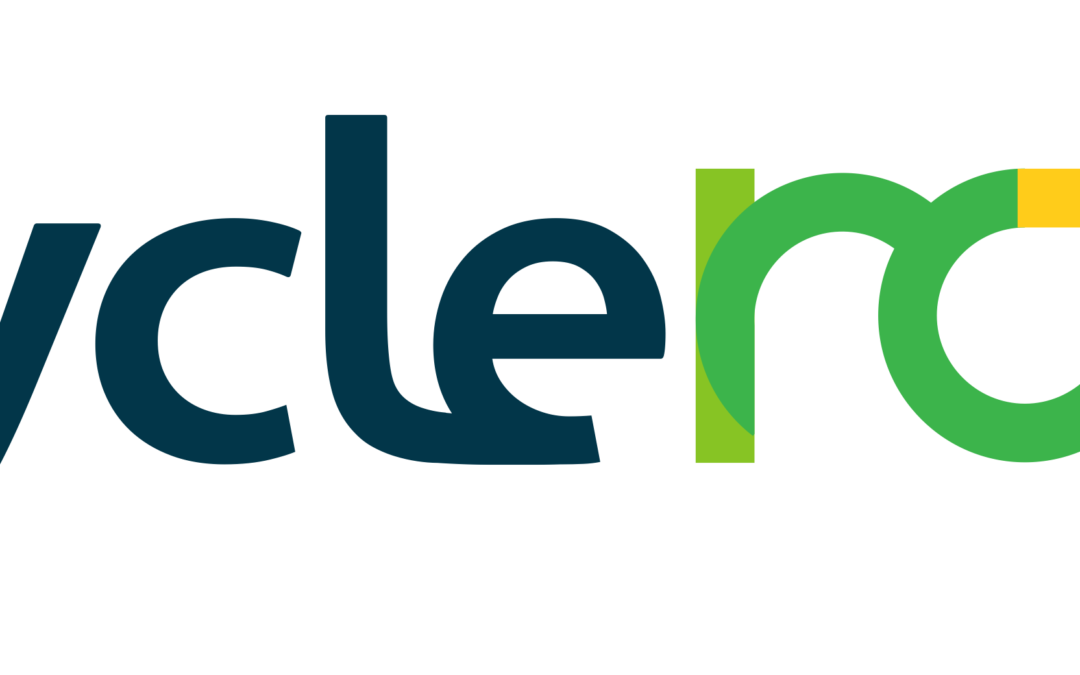With a surge of cycling due to COVID impacts, the rise of food delivery apps, dockless share bikes and e-bikes, a second generation CycleRAP model is now under development guided by experts from 20 global organisations.
The concept of CycleRAP originated in 2015 by the collaborative efforts from iRAP, the Royal Dutch Touring Club (ANWB), the Province of Friesland and the Dutch Institute for Road Safety Research (SWOV) and was subsequently piloted on over 400km of roads and bicycle facilities in the Netherlands.
Based on the outcomes of these early trials, a second generation of the model is now being developed for global application under the guidance of an expert CycleRAP Advisory Group and will be piloted in trials due to commence mid-year, starting with its application on Eurovelo routes through the European Danube region as part of project SABRINA.
In recent years, and particularly in the one just passed, many cities across world are seeing a large uptick in the use of bicycling and micro-mobility. The forces behind it vary as much as the cities themselves. For some, it has been the result of well-planned and executed investment in cycling infrastructure, promotion of sustainable transport and proactive policies. But for many others, it came about more incidentally, the rapid rise of food delivery apps, dockless share bikes or other kinds of share micro-mobility, or new battery technologies and the sudden influx of e-bikes and e-scooters on the market. And then there was COVID, and the sudden monumental shift in how entire city populations moved about.
In the wake of this shift, many are also reporting a rise in fatal and serious injury crashes involving bicyclists and micro-mobility users. For example, serious injuries in Sweden resulting from bicycling crashes has increased by approximately 35% over the past 10 years, while serious injuries for all other crash types fell. In the Netherlands, over 60% of approximately 80,000 bicycle crashes each year are categorised as serious.
Monitoring, managing and addressing safety on facilities used by bicyclists and light mobility vehicles is a challenge, even for those with the most advanced cycling networks. There are two main reasons for this. First, specifications and manuals for road engineering and design for bicycling infrastructure, assessment tools such as road safety audit, and road asset management practices often neglect or ignore safe bicyclist infrastructure. Second, data on where bicycle and micro-mobility crashes are occurring and why is either very poor or non-existent, even for those with the most developed road crash data reporting systems.
Data is critical for understanding the nature of the problem and how to address it. CycleRAP, an iRAP innovation project, aims to help fill this gap by providing a way to objectively measure and benchmark safety.
CycleRAP is an enhanced risk evaluation model specific to bicycling and micro-mobility users, with the aim of reducing crashes and improving infrastructure for these transport modes. CycleRAP can be used on its own or in conjunction with other road assessment tools, such as Star Rating assessments or road safety audit, to provide bicyclist and light mobility-specific analysis.
Similar to the Star Ratings, CycleRAP will be a predictive model which can be used to identify high risk locations without the need for crash data. It will power software tools used for pinpointing and mapping where crashes are likely to occur, and offer suggestions for treatments to reduce this risk.
Who is CycleRAP for?
CycleRAP is intended for use by any transport authority or other organisation involved in addressing or advocating for safer facilities for bicyclists and users of other light mobility vehicles. Specific uses may include:
- Addressing explicit or general safety concerns for bicyclists and light mobility users
- Evaluating existing network’s capacity to cater for rapidly increasing demand or increase in new vehicle types
- Prioritising funding and investment into bicycling and light mobility infrastructure
- Assisting cities formalising rapid response measures for bicyclists during COVID19, and developing post-COVID plans.
The CycleRAP model and data is expected to be of interest to a wide range of stakeholders, including:
 |
 |
 |
 |
| Transport and urban planners | Bike share and micro mobility sharing service providers | Bicycle courier and food delivery companies | School communities |
 |
 |
 |
 |
| Policy makers and advocates for the environment, climate change and sustainability | Health services and insurance providers | Infrastructure and transport investors | Mapping and navigation providers |
For more information on CycleRAP
Monica Olyslagers
Global Innovation Manager and Cities Specialist
monica.olyslagers@irap.org
www.irap.org/innovation
iRAP’s Innovation Framework: iRAP brings together teams which share a common interest in saving lives through safer roads and safer journeys. Our global partnerships with governments, mobility clubs, industry and research groups ensure innovative ideas from one programme partner can be shared immediately with others for mutual benefit.


















